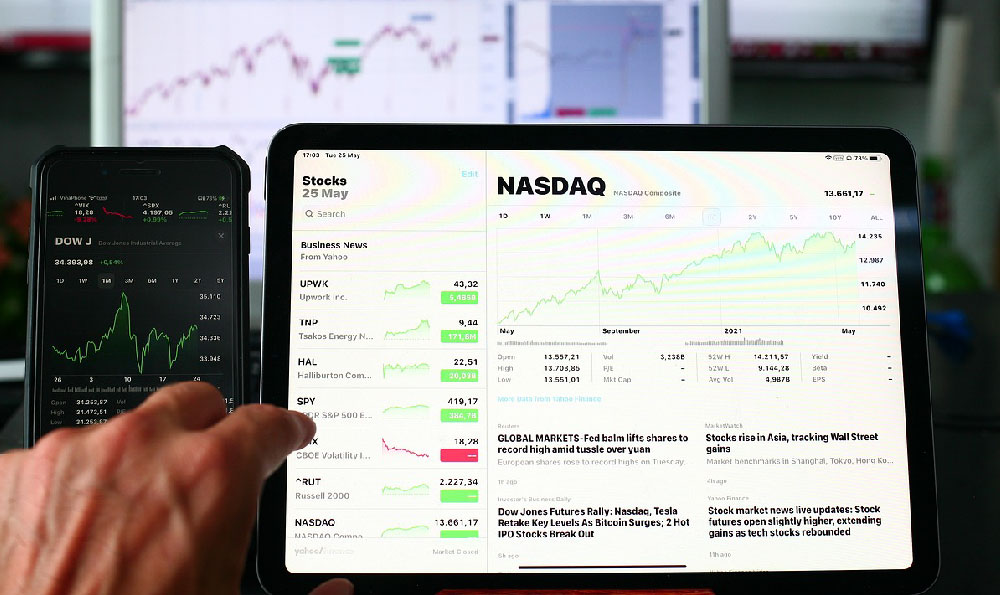
Uber, the ride-hailing behemoth, revolutionized transportation, but its profitability has been a persistent question mark. Understanding how Uber generates revenue and the sustainability of its business model requires a deep dive into its various income streams, cost structures, and the competitive landscape it navigates.
Uber's primary revenue source is, undoubtedly, its ride-hailing services. The company acts as an intermediary, connecting riders with independent drivers. It takes a commission, typically ranging from 25% to 30%, on each completed ride. This core business is supplemented by other transportation offerings. UberXL provides larger vehicles for bigger groups, fetching a premium. Uber Black offers luxury car services at higher rates. Uber Comfort aims for a slightly more comfortable ride experience, sitting between UberX and Uber Black in terms of price. These premium options contribute to increased revenue per ride and cater to a wider range of customer needs.
Beyond ride-hailing, Uber has aggressively diversified its revenue streams. Uber Eats, its food delivery service, has become a significant contributor to the company's top line. Similar to its ride-hailing model, Uber Eats charges restaurants a commission on each order and also adds a delivery fee for customers. The food delivery market is highly competitive, but Uber Eats leverages Uber's existing infrastructure, driver network, and brand recognition to compete effectively.

Furthermore, Uber has explored other delivery services. Uber Connect facilitates package delivery between individuals, allowing users to send items ranging from forgotten keys to small gifts. Uber Direct allows businesses to offer same-day delivery services to their customers, tapping into the growing demand for e-commerce fulfillment. These delivery services leverage Uber's existing driver network and technological platform to create new revenue opportunities.
Advertising is another emerging revenue stream for Uber. It offers advertising opportunities within its app, allowing businesses to target users based on location, demographics, and trip history. This can be a highly effective way for restaurants, retailers, and other local businesses to reach potential customers. Uber's vast user base and detailed data on rider behavior make its advertising platform attractive to marketers.
Looking beyond transportation and delivery, Uber has also invested in freight. Uber Freight connects shippers with carriers, streamlining the process of finding and booking trucking services. The freight industry is massive, but it is often fragmented and inefficient. Uber Freight aims to bring transparency and efficiency to the market, capturing a share of the billions of dollars spent on freight transportation each year.
While Uber's revenue streams are diverse, the question of sustainability hinges on its ability to achieve consistent profitability. Uber faces significant cost challenges. One of the biggest is driver compensation. Drivers are classified as independent contractors, which allows Uber to avoid providing benefits like health insurance and paid time off. However, this classification has been challenged in various jurisdictions, and the potential reclassification of drivers as employees could significantly increase Uber's labor costs.
Marketing and promotions are another major expense. Uber spends heavily on attracting new riders and drivers, as well as incentivizing usage through discounts and promotions. These expenses are necessary to maintain market share and grow its user base, but they also put pressure on profitability.
Research and development is also a substantial investment. Uber is constantly innovating and developing new technologies, such as autonomous vehicles. These investments are crucial for its long-term competitiveness, but they also require significant capital outlay.
Competition is fierce in the ride-hailing and food delivery markets. Uber competes with companies like Lyft, DoorDash, and numerous regional players. This competition puts downward pressure on prices and margins. To maintain its market share, Uber must constantly innovate and offer competitive pricing.
The path to sustainability for Uber involves a multifaceted approach. Optimizing operational efficiency is paramount. This includes improving driver utilization, reducing wait times, and streamlining logistics. Leveraging technology to automate tasks and improve decision-making can also contribute to cost savings.
Strategic pricing is crucial. Uber needs to find the right balance between attracting riders with competitive prices and generating sufficient revenue to cover its costs. Dynamic pricing algorithms can help to optimize pricing based on supply and demand.
Continued diversification of revenue streams is essential. Uber needs to continue to explore new opportunities in transportation, delivery, and other related services. Expanding into new markets and offering innovative products can help to diversify its revenue base and reduce its reliance on ride-hailing.
Managing regulatory risks is also vital. Uber operates in a highly regulated environment, and it faces ongoing challenges related to driver classification, safety, and competition. Proactive engagement with regulators and compliance with local laws are essential for its long-term sustainability.
Ultimately, Uber's sustainability depends on its ability to achieve a sustainable level of profitability. This requires a combination of revenue growth, cost control, and strategic decision-making. While the company has made progress in recent years, it still faces significant challenges. Whether it can overcome these challenges and achieve lasting profitability remains to be seen. However, by focusing on operational efficiency, strategic pricing, revenue diversification, and regulatory compliance, Uber can increase its chances of long-term success. The market will continue to evolve, and Uber's ability to adapt and innovate will determine its ultimate fate. The company's success will be a testament to its ability to transform the way people and goods move around the world in a financially viable manner.





